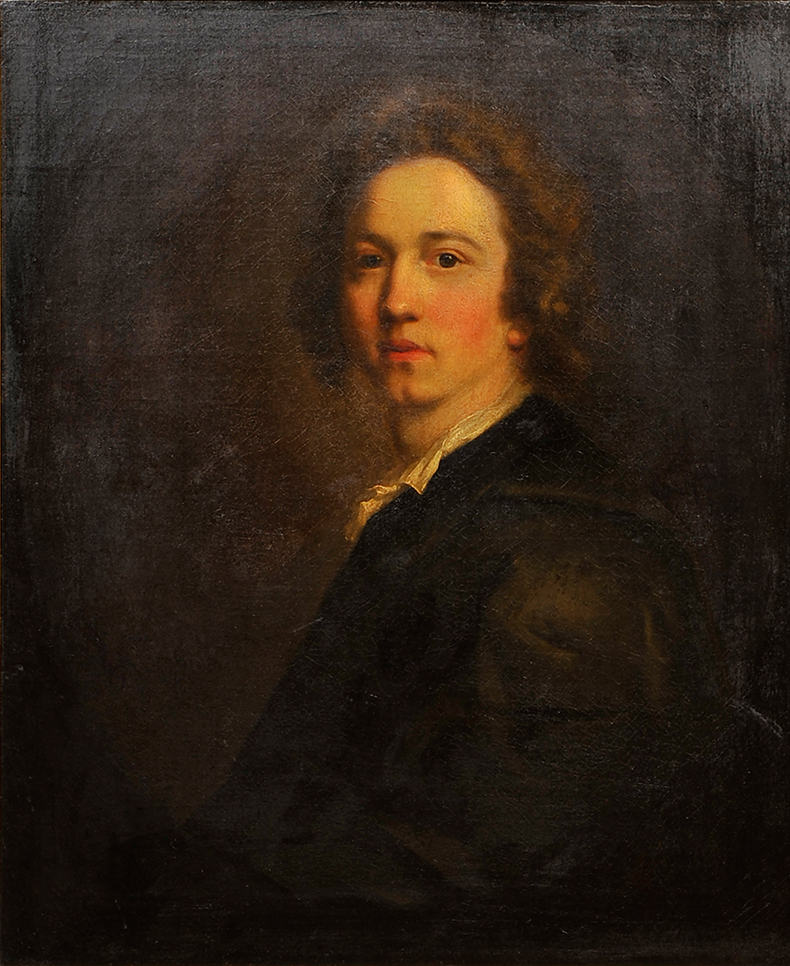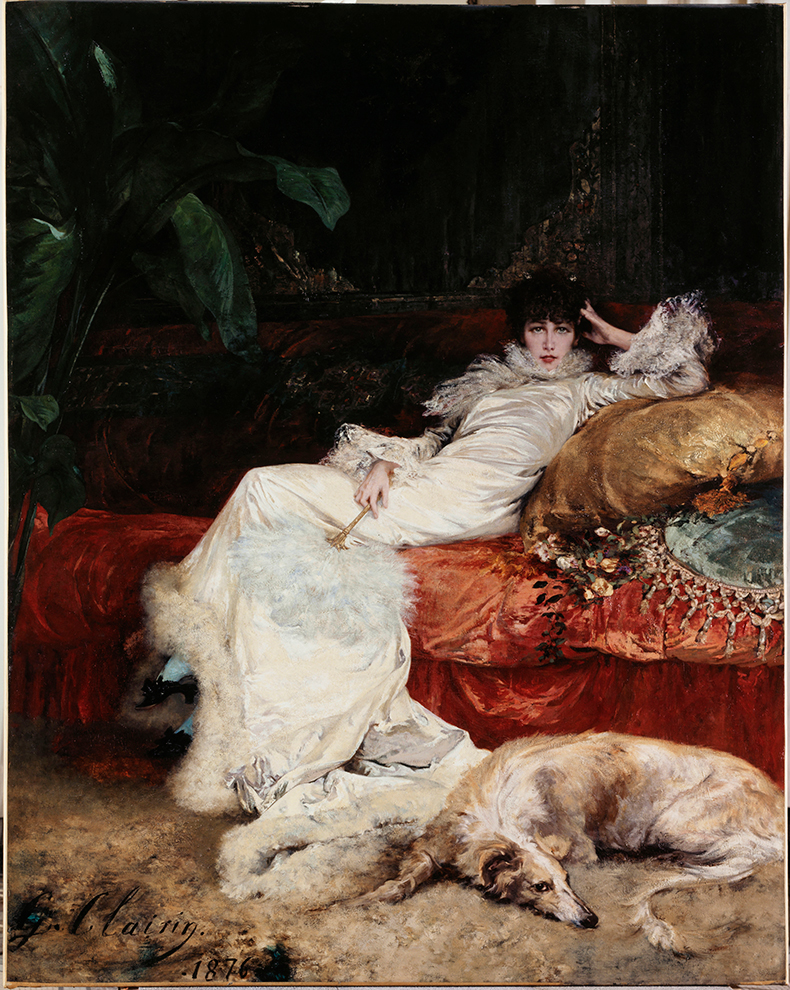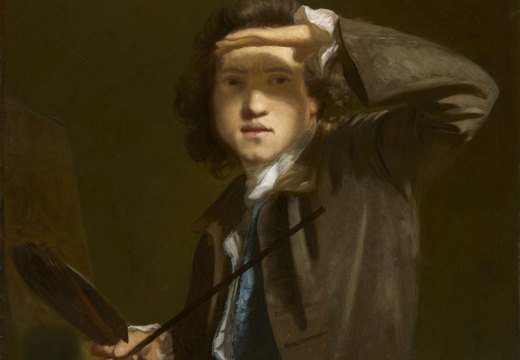Pablo Picasso
Some 40 exhibitions have been organised to mark 50 years since the death of the 20th century’s most famous artist, as part of a programme launched by the French and Spanish governments called ‘Celebration Picasso 1973–2023’. Yet that title is perhaps misleading, for the celebrations will not be uncritical. The Brooklyn Museum will host an exhibition (2 June–24 September) that looks at the artist’s relationships with women from a feminist perspective. Taken as a whole, the exhibitions are intended as a summing-up of our current understanding of Picasso’s life, art and legacy. They range from ‘Cubism and the Trompe L’Oeil Tradition’ at the Met (until 22 January) to ‘Young Picasso in Paris’ at the Guggenheim in New York (12 May–7 August), ‘Picasso vs Velazquez’ at the Casa de Velázquez (September–November) and ‘Picasso: The Sacred and the Profane’ at the Thyssen-Bornemisza (2 October–24 January 2024).
Joshua Reynolds
The founder and first president of the Royal Academy of Arts in London was born 300 years ago this July. In Plymouth, the town of his birth, the Box is hosting an exhibition that explores his career from the establishment of his first portrait studio in Plymouth Dock, to his travels in Europe, his influential Discourses on Art and the experimentation with pigments that later earned him the name ‘Sir Sloshua’ from the Pre-Raphaelites. Reynold’s society portraits and lofty literary scenes brought him unparalleled fame in his day – when he died, Edmund Burke lamented the loss not only of a painter, but a ‘profound and penetrating philosopher’ – but it is fair to say that his star has since fallen. ‘Reframing Reynolds: A Celebration’ (24 June–29 October) will argue for a correction to his reputational tumble.

Self-Portrait (1746), Joshua Reynolds. Photo: © the Box, Plymouth
Sarah Bernhardt
Few figures embody the glamour of the fin-de-siècle quite as emphatically as Sarah Bernhardt. Called the ‘sacred monster’ by Jean Cocteau, the actress was idolised in her day for her performances in roles from plays by Dumas, Hugo, Racine, Shakespeare and Edmond Rostand, among many others. The posters – not to mention the sets, programmes, costumes and props – on which she collaborated with Alphonse Mucha in the 1890s were pinnacles of the art nouveau movement, and Bernhardt was herself an accomplished painter and sculptor. Marking the 100th anniversary of her death this year, the Petit Palais has mounted ‘Sarah Bernhardt: And the Woman Created the Star’ (14 April–27 August), an exhibition that presents her legacy through paintings, photographs, posters and extravagant costumes.

Portrait of Sarah Bernhardt (1876), Georges Clairin. Photo: © Paris Musées/Petit Palais
Adam Smith
Adam Smith, whose reputation as the brightest star of the Scottish Enlightenment rests on The Wealth of Nations and A Theory of Moral Sentiments, was born 300 years ago. His alma mater, the University of Glasgow, is hosting a year-long celebration that includes an exhibition of rare letters, manuscripts and memorabilia at the Hunterian Museum in June.
Windrush
The HMS Empire Windrush docked at the Port of Tilbury on 22 June 1948, carrying 1,027 passengers, the vast majority of whom had come from the Caribbean. A wide range of institutions are organising events and exhibitions this year, encouraged by the Windrush 75 Network, to celebrate this moment and what it meant for post-war Britain. Among them are the V&A, which is hosting ‘a season of displays, talks, workshops and events’ from May that ‘will tell rich, layered stories about the Windrush generation and their legacies through objects from the V&A Collection and beyond,’ according to director Tristram Hunt; there are also exhibitions planned by Derby Museum and by the Migration Museum in Lewisham.














![Masterpiece [Re]discovery 2022. Photo: Ben Fisher Photography, courtesy of Masterpiece London](http://zephr.apollo-magazine.com/wp-content/uploads/2022/07/MPL2022_4263.jpg)
Suzanne Valadon’s shifting gaze